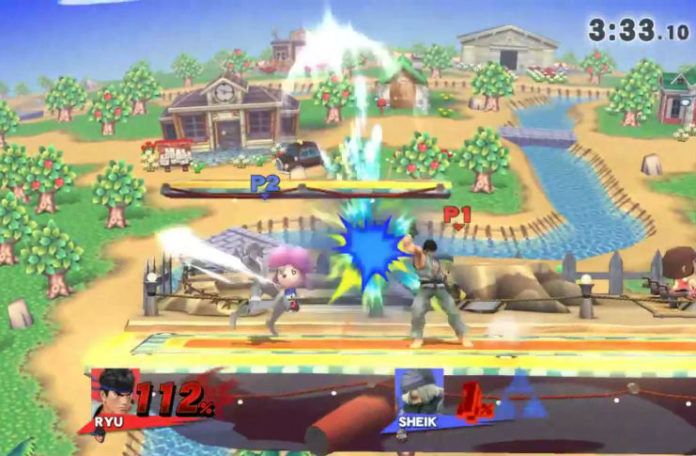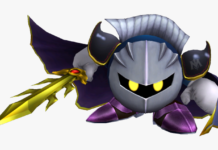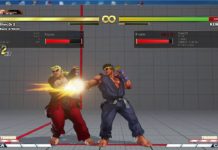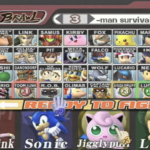In the modern era of gaming, patches and re-releases for games can completely change characters play; how Ryu played in the base game of Street Fighter V is very different to how he is in the Champion’s Edition version of the game. Even across multiple games in a series, you’ll hear of how a character has been “buffed” or “nerfed” compared to what they were.
What do these terms mean? How do they apply to video games, and moreso, the competitive scene?
Character Buffs And Character Nerfs
When people talk about character buffs or nerfs, it’s always in relation to how they were before changes were made, and also how these changes affect their place in the meta.
A character buff is when a certain move or tactic specific to a character is fixed or improved upon. This can be done in a variety of ways, such as:
- Making a move come out fast and/or last longer
- Making a move deal more damage
- Fixing a move so it works properly (for example, if a multi-hit move previously had most of the hits miss, a buff would be making all of the hits connect.)
- Reducing the “cooldown” of a move, so that it isn’t as punishable (in fighting games, this can mean a move now combos into another.)
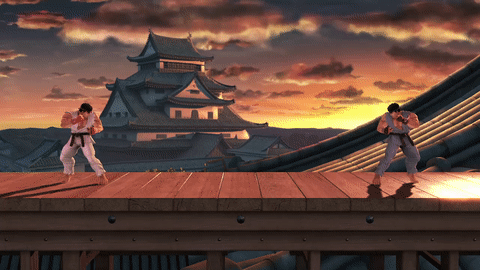
Basically, a character buff is anything that makes a character stronger, faster, and safer. If the changes made to a character make it low risk/high reward, it’s a buff.
Character nerfs, on the other hand, are changes which reduce how fast, strong and safe a move or tactic is. These changes are generally made to prevent any character or style of play from becoming over-centralized in the meta. It can be as simple as making a certain move a few frames slower or a little bit weaker through a patch, which can really shift how a character is played. More drastic changes, such as a complete overhaul of a character’s kit, are generally done in sequels or re-releases rather than in patches.
Why Do These Character Changes Get Made?
In any multiplayer game, you want things to be balanced; having a few characters be clearly above the rest means there’s essentially no reason to use anyone else outside of novelty reasons. For years, the only ways developers could make balancing changes after the release of a game were in sequels or updated editions; in the modern era, developers can introduce patches every few months to always make sure the meta doesn’t become stagnant or over-centralized. Changes must also be made when accounting for DLC content to make sure that games are always as balanced as possible.

This also gives games a better chance at a longer lifespan, since a poorly-balanced game at release will have a shot at being fixed with immediate balancing through patches. In the case of a game like Final Fantasy XIV, the patches and updates were able to turn a shaky start into a critically and commercially successful game. Patches definitely aren’t a large-scale fix though; in the case of Anthem, that game needed to be reimagined from the ground up.
When someone says a character is “buffed” or “nerfed” it’s likely they’re referring to some little changes and tweaks made that affected their place in the game’s meta. Sometimes these changes can be of little consequence but sometimes it can completely change their meta and ultimately their place on a tier list.


